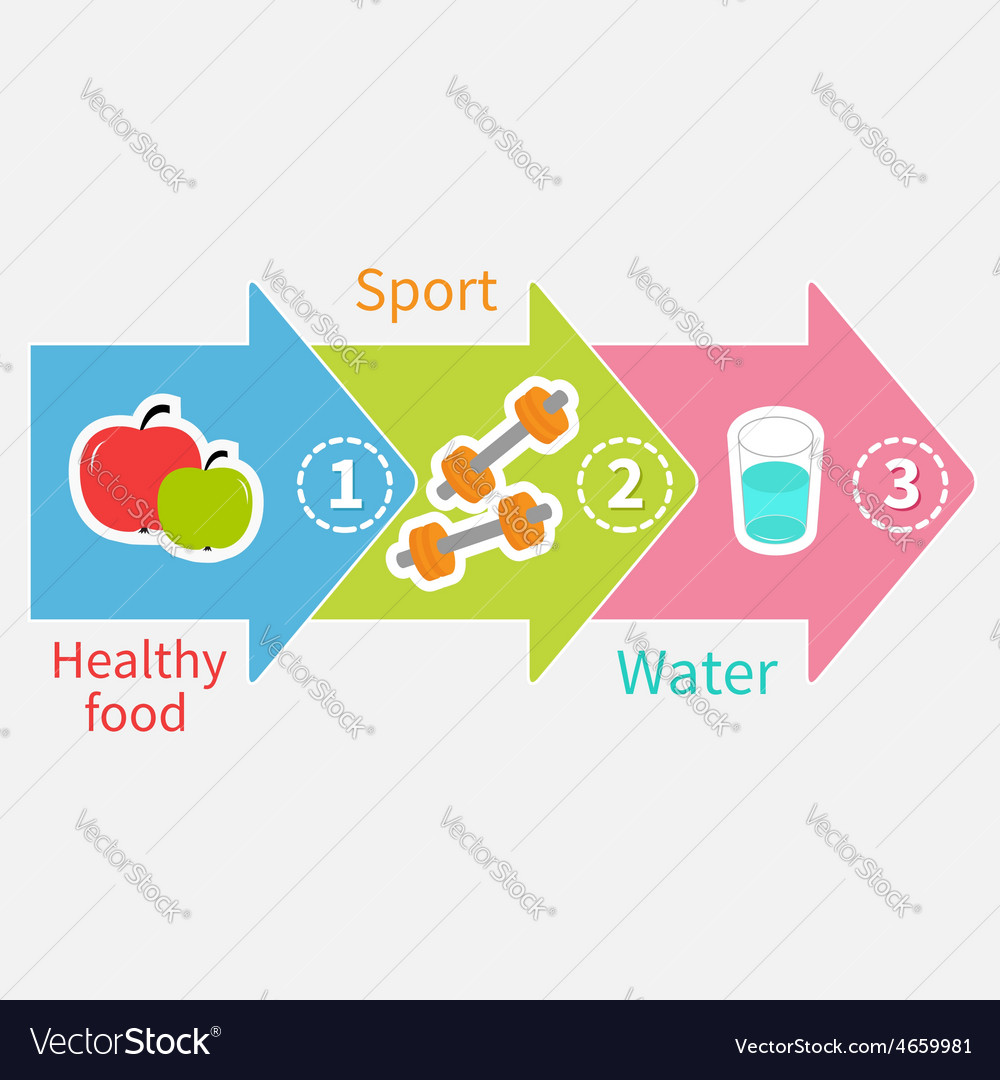Cold laser therapy is a helpful device to assist suffering management and the recovery process. It is often made use of in sports medicine, dermatology and acupuncture.
Cold lasers permeate deep into tissues and advertise chemical adjustments without warming them. They minimize inflammation and swelling, speed mobile task and speed up healing.
Theoretical Background
Unlike the high-intensity lasers that surgeons usage to puncture cells, chilly laser therapy makes use of light-emitting diodes to pass through right into your skin and promote healing. As these photons get to broken tissues, they initiate a chain reaction that raises your cells' manufacturing of enzymes and accelerates your body's natural recovery procedures.
The photons likewise decrease discomfort via the production of endorphins and enhance your body's ability to drain pipes inflamed areas by generating vasodilation (the development of blood vessels). Consequently, it helps you recoup from musculoskeletal injuries and pain quicker.
Lots of people have heard about cool laser therapy from their physical therapist, chiropractic doctor or medical professional and might be wondering just how it functions. Unlike many laser tools utilized in the medical area, which really heat up cells, our cutting edge tools sends out chilly laser light beams that do not trigger any home heating of your tissues. This permits your body to get the therapeutic advantages without setting off any negative effects.
Clinical Tests
Cold laser treatment is frequently advised as a treatment alternative for clients that have musculoskeletal discomfort and injuries. It can be utilized to reduce swelling, strengthen cells and accelerate the body's all-natural recovery processes.
Non-thermal photons of red and infrared laser radiation are soaked up by the light sensitive components in cells and start a rise in intracellular metabolic process that raises cell reproduction, reduces swelling, removes edema and shortens recovery time.
Unlike the light that is created by sunshine or conventional lights, laser light is identical (all wavelengths travel parallel), coherent and single. These properties enable laser power to penetrate much deeper into the tissues.
Numerous clinical tests have actually shown that LLLT can be efficient in reducing pain in the bone and joint system. Nevertheless, more properly designed studies are needed to review the optimal settings for laser irradiation and to establish its effectiveness in particular problems, such as oral mucositis in cancer individuals receiving chemotherapy or radiotherapy, and injury recovery (including diabetic abscess adhering to hammertoe surgery). This Aetna plan notice does not address other uses LLLT, consisting of the treatment of various skin diseases.
Final thoughts
Unlike medical lasers that can damage tumors or coagulate tissue, cool laser treatment does not heat the body's cells. Instead, the light promotes your cells to create adenosine triphosphate, which speeds up the repair service process of hurt cells.
Aetna considers low-level laser (LLL) treatment clinically necessary for the avoidance of dental mucositis related to cancer treatment (chemotherapy, radiation treatment, hematopoietic stem cell hair transplant) and non-cancer treatments (such as radiodermal injury, fibromyalgia). Several research studies revealed that LLT can be reliable in decreasing PU signs without negative impacts. Nonetheless, differences in study layouts and laser dosimetry made comparison of the results challenging; RCTs with low danger of prejudice are required. Making use of a 660 nm wavelength and greater power thickness appears to be extra efficient than the other laser therapy for healing scars examined laser wavelengths. This could be since the various other wavelengths might promote inflammatory procedures and create even more negative effects. The result of the sort of laser made use of is additionally essential; the writers recommend that future research concentrate on reviewing various sorts of lasers and their dosages to establish the optimal combination of laser criteria for PU avoidance.
Referrals
Cold laser treatment is utilized by dental experts to treat irritated periodontal tissue, doctors to relieve pain triggered by rheumatoid joint inflammation, and physical therapists to speed the recovery of muscular tissue, tendon, and tendon injuries. Numerous clinical insurance strategies cover this therapy.
Unlike warm lasers, which have a thermal impact on tissues, cool lasers (also called low-level lasers) promote the mobile energy of the skin. Photons from the laser light pass through into the cell, activating a series of chemical modifications that promotes regeneration and decreases inflammation.
In order to be effective, lasers have to be appropriately configuration and utilized. This is why it is not recommended to buy a cheap over the counter laser tool and try to treat on your own at home. A skilled practitioner is needed to ensure that the gadget is made use of correctly to lessen the threat of eye injury and maximize its performance. The laser device need to be adjusted to the right setting, strength, regularity, and position of the laser on the treatment location.
